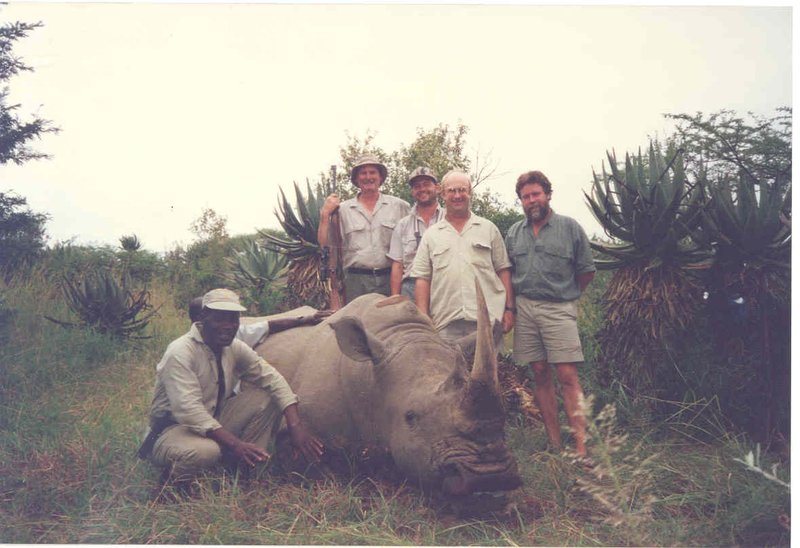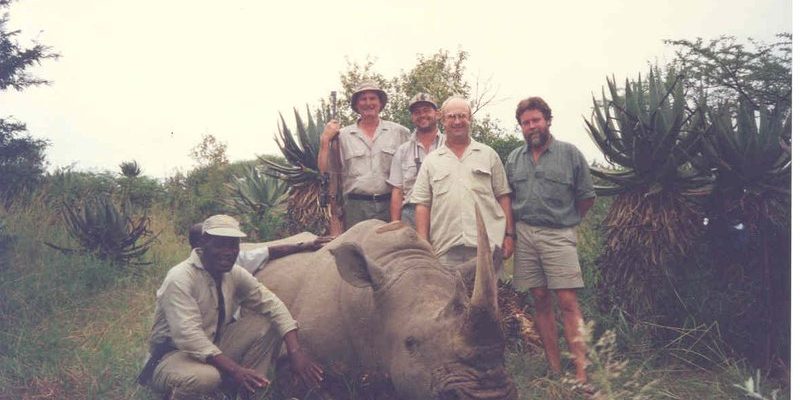
Imagine exploring a buffet where the options change every season. That’s essentially what a black rhino experiences daily! These animals have adapted to their environment over millions of years, developing strategies that allow them to thrive in their habitats. By understanding their diet and how they ‘hunt’ for food, we can better appreciate the incredible role they play in their ecosystem.
What Do Black Rhinos Eat?
Black rhinos are classified as herbivores. They primarily feed on a varied diet of leaves, branches, and shrubs. Unlike their cousins, the white rhinos, which graze on grass, black rhinos prefer to munch on bushes and trees. Their favorite meals include acacia, euphorbia, and various types of shrubs. This preference for certain plants is important not just for their health but also for the overall balance of their habitat.
You might be wondering why their diet is so specialized. Well, black rhinos have a unique way of eating. They have a pointed upper lip that acts almost like a finger, allowing them to grasp and pull leaves and twigs from branches. This adaptation helps them reach food that other herbivores can’t access easily, giving them a significant advantage.
Foraging and Feeding Behavior
Black rhinos are mostly solitary animals, which means they often forage alone rather than in groups. This behavior is interesting because it allows them to cover large areas in search of food. They usually start their day at dawn, moving through their territory to nibble on their favorite plants. During the hot African afternoons, they tend to rest in the shade, conserving energy for their evening feed.
Interestingly, black rhinos use their keen sense of smell to locate food. Their sense of smell is excellent—much better than ours! They can sniff out juicy leaves or tasty shrubs from quite a distance. This ability is essential for their survival, as it helps them find food even when it’s not readily visible.
How Do They Adapt to Seasonal Changes?
Seasons play a significant role in the diet of black rhinos. During the rainy season, when foliage is abundant, they have access to a wide variety of plants. However, during the dry season, food becomes scarce. To adapt, black rhinos can shift their diet slightly, munching on tougher, more resilient plants.
You might be surprised to learn that food scarcity in dry months forces these rhinos to become more resourceful. They may travel longer distances to find food and use their powerful jaws to break down tougher vegetation. This adaptability is critical for their survival in changing environments.
The Role of Black Rhinos in Their Ecosystem
Black rhinos are not just consumers; they play a significant role in their ecosystem. By feeding on bushes and trees, they help to control vegetation growth. This grazing maintains a healthy balance in their habitat, preventing any single species from becoming too dominant.
You can think of black rhinos as nature’s gardeners. By keeping certain plants in check, they pave the way for new growth and sustain a diverse range of wildlife. Without them, some areas could become overgrown, impacting other species that rely on a balanced environment.
Why Are Hunting Strategies Different for Black Rhinos?
Unlike carnivores, black rhinos don’t hunt other animals for food. Their “hunting” strategy revolves around foraging and grazing. This difference highlights their unique role in the food chain. While predators help control prey populations, black rhinos contribute to the health of their habitat through plant consumption.
This reliance on vegetation means that black rhinos are sensitive to changes in their environment, particularly habitat loss and food scarcity due to human activities. If their food sources diminish, they face serious challenges to their survival.
Threats to Their Diet and Habitat
Unfortunately, black rhinos face numerous threats that can impact their diet and habitat. Habitat destruction, often from agriculture and urban development, leads to a loss of the plants they rely on for food. This isn’t just a minor setback; it has serious implications for their health and survival.
Poaching also exacerbates the problem. While black rhinos are primarily targeted for their horns, this illegal activity disrupts their social structures and populations. With fewer black rhinos in the wild, the balance of their ecosystem can be thrown off, leading to overgrown areas and reduced biodiversity.
Conservation Efforts and Their Impact
Conservation efforts are crucial in protecting black rhinos and their habitats. Various organizations are dedicated to ensuring these magnificent creatures have access to the food they need. These efforts include protecting their habitats and implementing anti-poaching measures to secure rhino populations.
One example is the establishment of wildlife reserves, which provide protected areas where black rhinos can roam and forage without the threat of poaching or habitat loss. Public awareness campaigns are also essential, as they help educate people about the importance of black rhinos and the need for conservation.
In conclusion, the diet and hunting strategies of black rhinoceroses reveal a fascinating interplay between these creatures and their environment. From their unique feeding techniques to their essential role in maintaining habitat health, black rhinos are a vital part of the ecosystem. Understanding their needs is crucial for conservation efforts aimed at ensuring they continue to thrive in the wild. By protecting the black rhino, we protect a piece of the world’s natural heritage.

